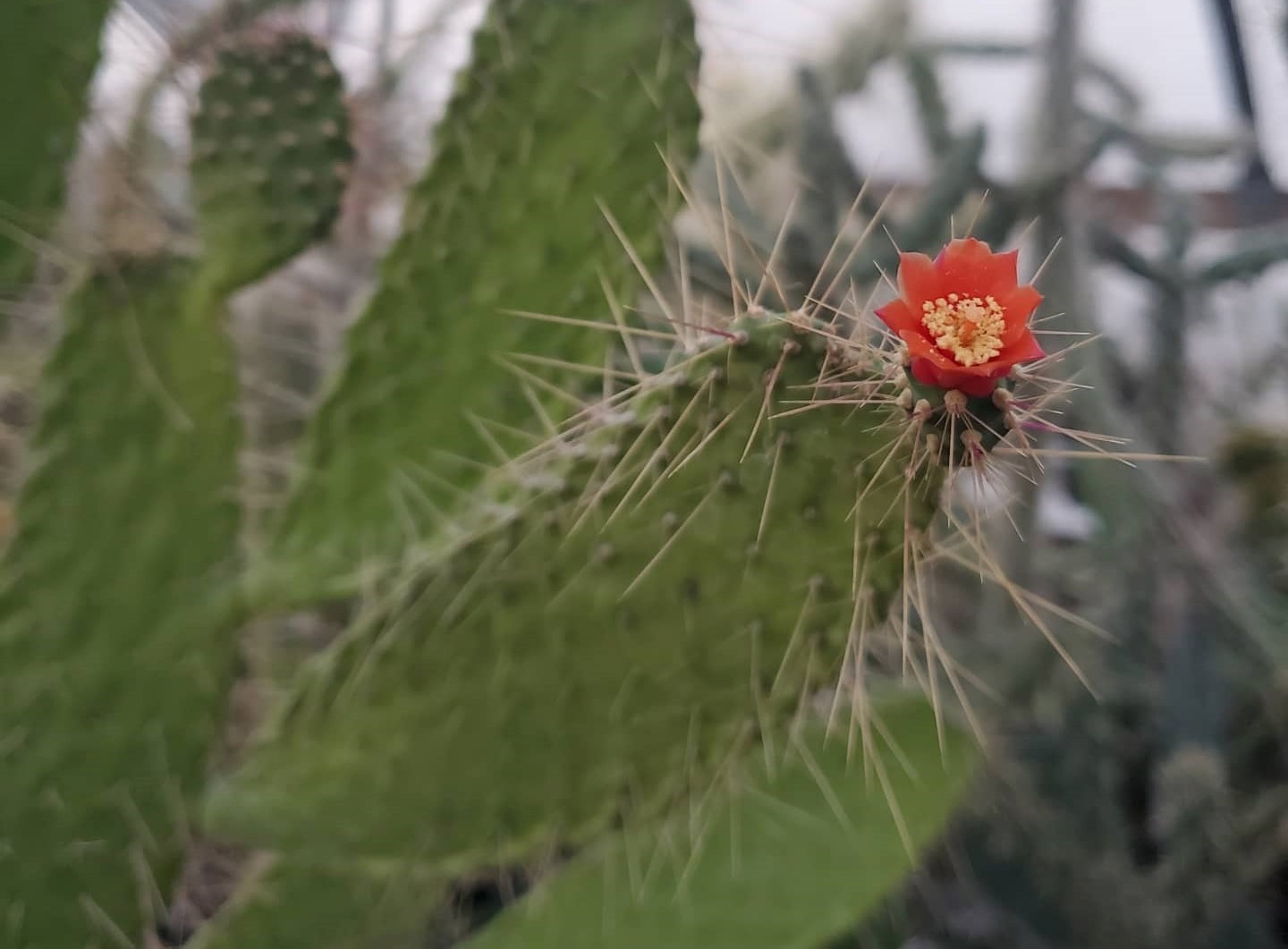The common perception of cacti as heat- and drought-loving desert plants causes climate change to be overlooked as a potential threat to their conservation. Our work forecasting the distribution of cacti under various climate change scenarios reveals that a majority of species will lose suitable habitat. This discovery adds to a long list of factors threatening cacti.
Views 4552
Reading time 3 min
published on Jun 14, 2023
Negative human impacts on nature have resulted in what some have come to call a new mass extinction event. The effects of direct processes such as habitat destruction and poaching are relatively easy to understand. The results of more gradual, indirect factors like climate change are more complex. Throughout our planet’s history, climate change has posed a fundamental challenge for all species: adapt, move, or perish. Humanity has sped up the pace of climate change, with many species struggling to adapt or move quickly enough.
Cacti, which occur in all biomes except tundra across the Americas, are one of the most endangered groups of organisms on the planet. In 2015, the International Union for Conservation of Nature (IUCN) reported that 31% of cactus species are threatened with extinction, due to processes such as agriculture, resource use and development. At the time, very little was known about the effects of climate change on cacti. As cacti are often perceived as plants that thrive in dry and hot environments, many would hypothesize that they would do well under climate change.
It is difficult to assess the impacts of climate change on a species. Ideally, long-term data on growth, survival and reproduction are needed to parse out the impact of changes in temperature and precipitation. However, the impacts of climate also play out geographically. The distribution of species tends to track areas where they can maintain stable populations. Why are there no saguaro, an iconic symbol of the US Southwest, in the rainforest? Because it is too wet there. In a similar fashion, we can create statistical models to explain the link between distribution and climate by combining information on where a species currently occurs and what the climate there is like. Using climate projections, such models can then be used to predict the distribution of species in the future.
We built distribution models for 408 cactus species, nearly one-third of the family, to assess their expected performance under climate change. Forecasts like this are inherently uncertain. Uncertainty stems from many sources: how climate will change, how quickly species can disperse, and statistical uncertainty itself. To understand the robustness of our results, we produced 6,480 forecasts per species, encompassing as many of the sources of uncertainty possible. By stacking the resulting distribution maps, we were also able to describe large-scale changes in cactus richness across the Americas.
Averaging across all species, we find a decline in suitable area of just 6%. This relatively minor decrease masks a very skewed distribution. We predict over 60% of species will lose suitable habitat, and nearly a quarter of species will lose over 25% of their current distribution. By accounting for uncertainty, we establish that the decline is robust for many of the losers, yet very uncertain for almost all predicted winners. Statistical decisions, rather than climate projections, have the biggest impact on projections, and along with dispersal ability cause most of the uncertainty. The robustness of our projections regardless of the extent of climate change is very alarming. Epiphytes (plants growing on other plants) and species in areas with high richness of diversity are especially at risk.
Current hotspots of cactus diversity, such as Mexico and large parts of Brazil, are predicted to lose a disproportionally large fraction of their cactus richness. Areas with high levels of human activity tend to have higher richness currently, as well as a higher fraction of species at risk in the future. At this scale, we have strong confidence in predicted declines in species-rich areas. Most uncertainty stems from the ability of cacti to disperse and statistical sources rather than climate. This indicates that developing a better understanding of dispersal capacity should be a priority.
Prospects for cacti are very prickly. Though we urgently need data for more species, our results allow for some conservation prioritization by focusing on species and areas predicted to be strongly impacted by climate change. In situ action, protecting cacti in the wild, is unlikely to suffice. Few cactus species will be able to move quickly enough to track climate conditions they can tolerate, and human impacts continue to reduce the areas where species could disperse. Assisted migration and ex-situ conservation will therefore become increasingly important in protecting our poky friends.
Original Article:
Pillet, M., Goettsch, B., Merow, C., Maitner, B., Feng, X., Roehrdanz, P. R., & Enquist, B. J. (2022). Elevated extinction risk of cacti under climate change. Nature Plants, 8(4), 366–372. https://doi.org/10.1038/s41477-022-01130-0
 Plant Biology
Plant Biology



